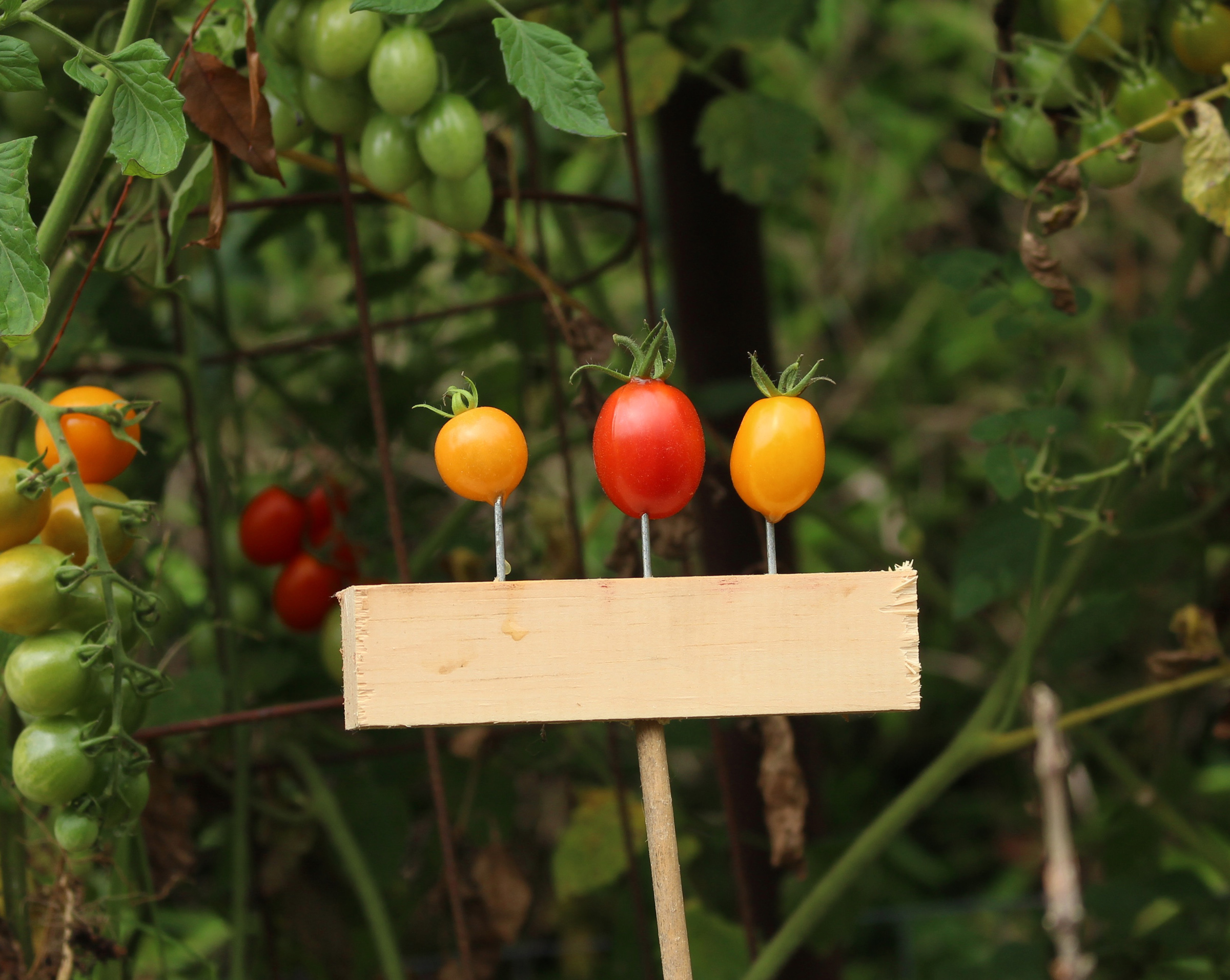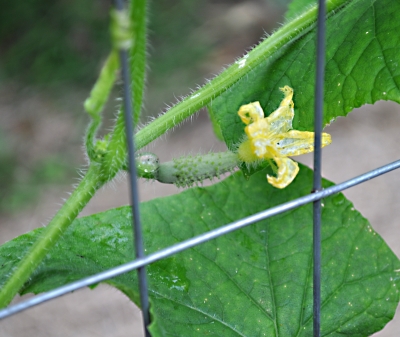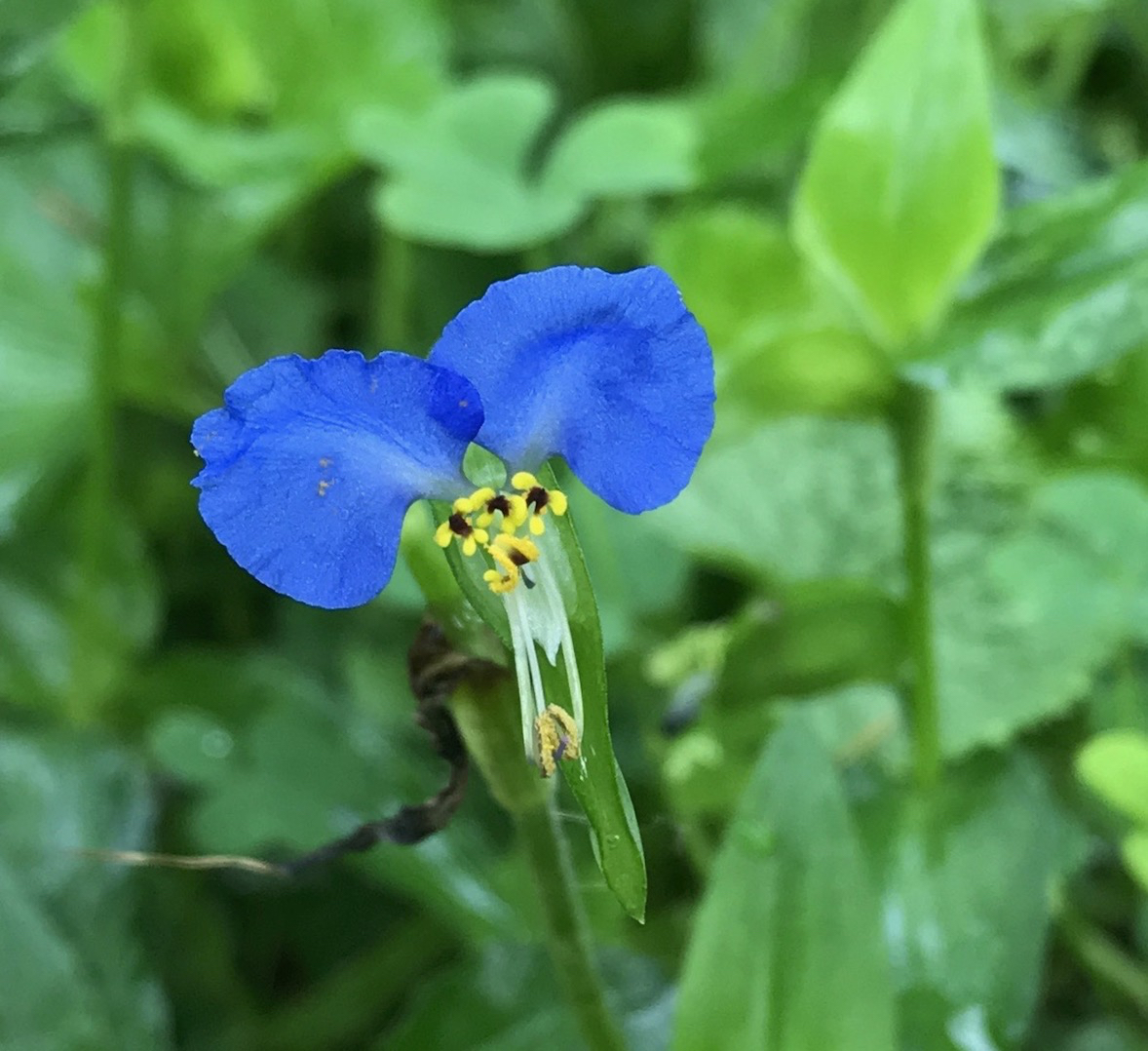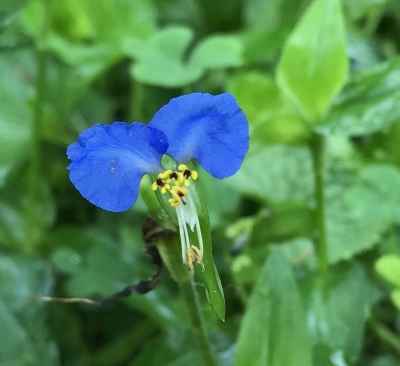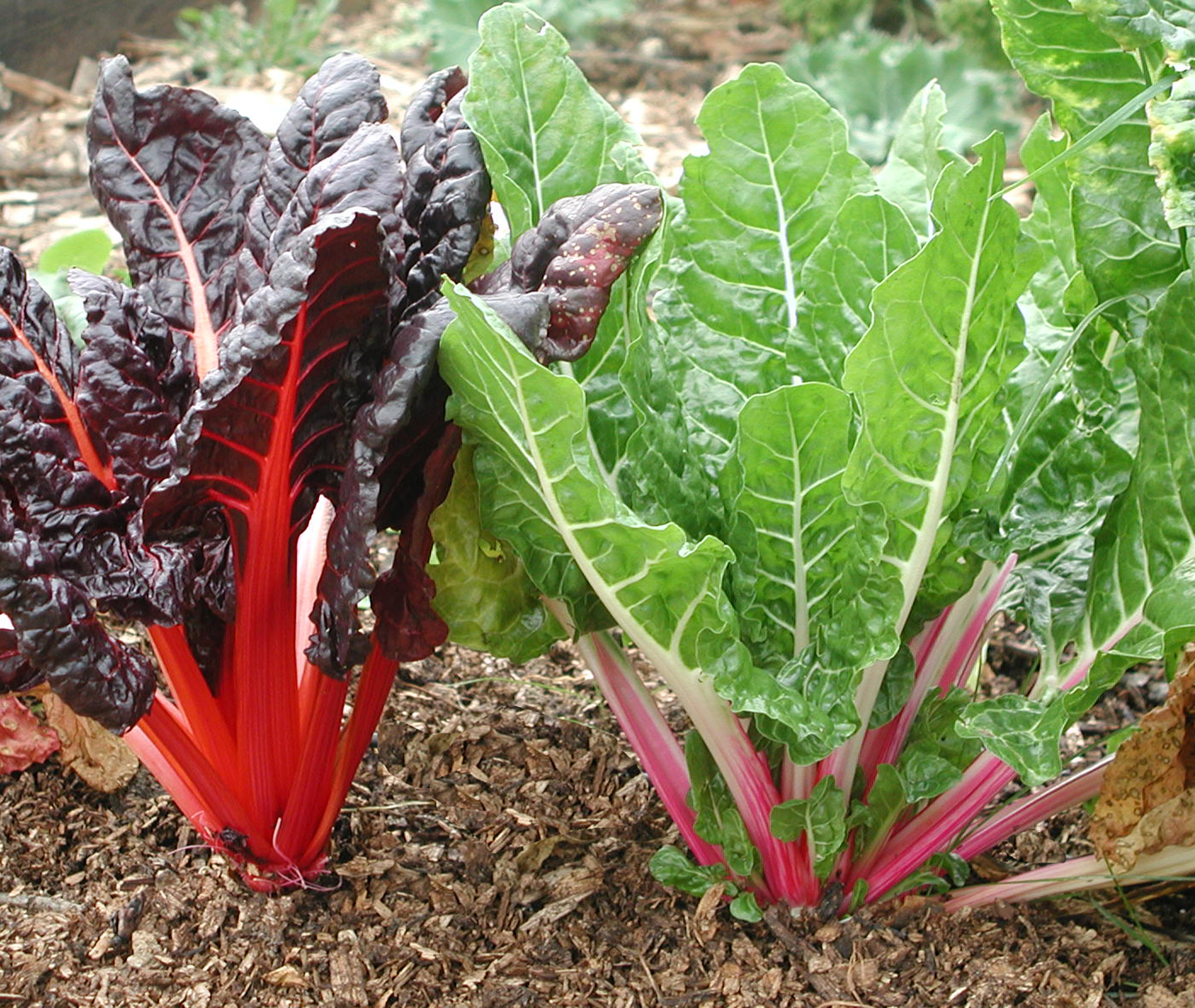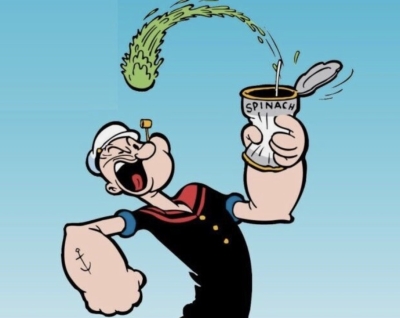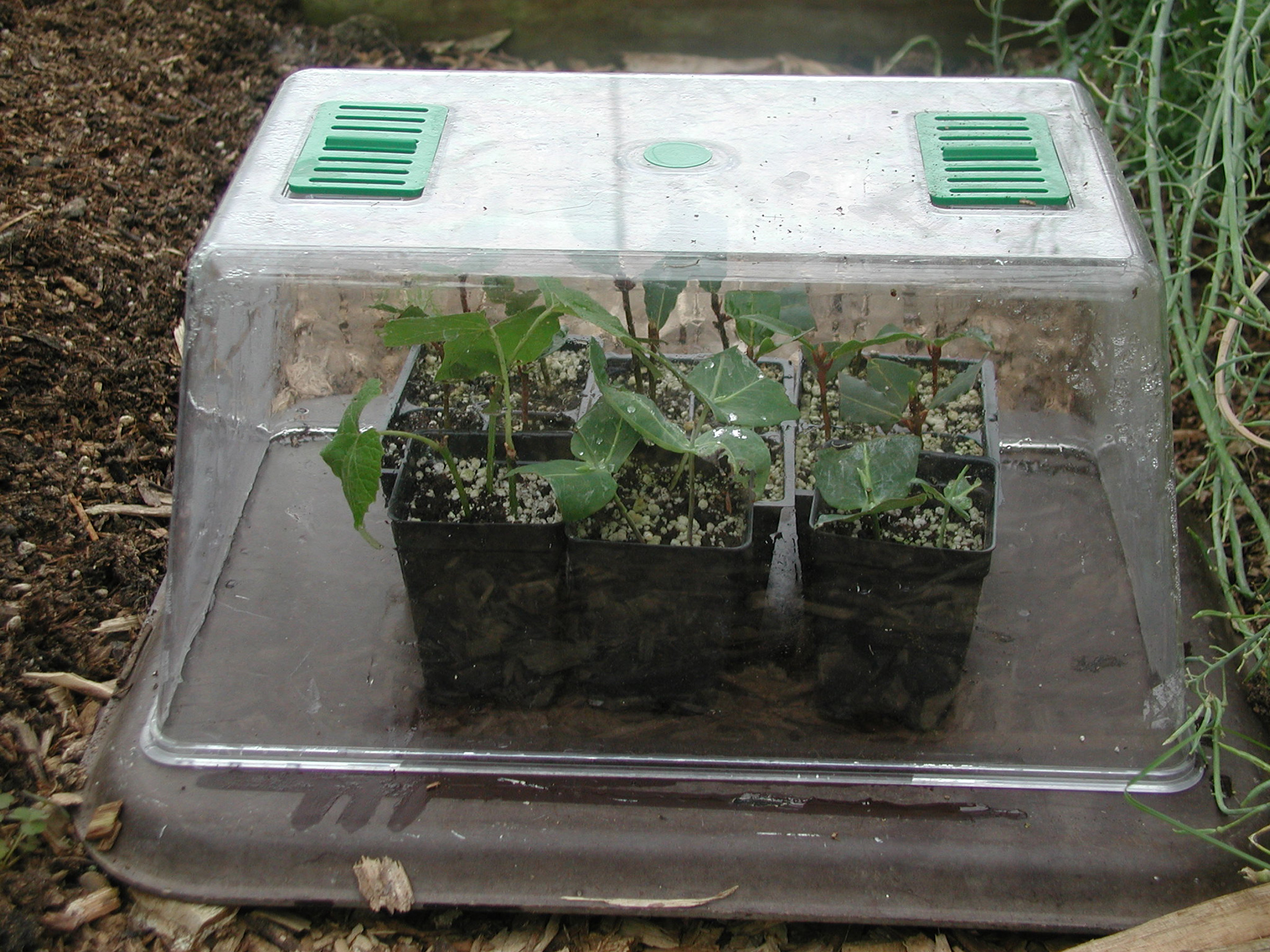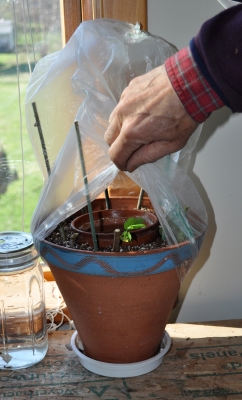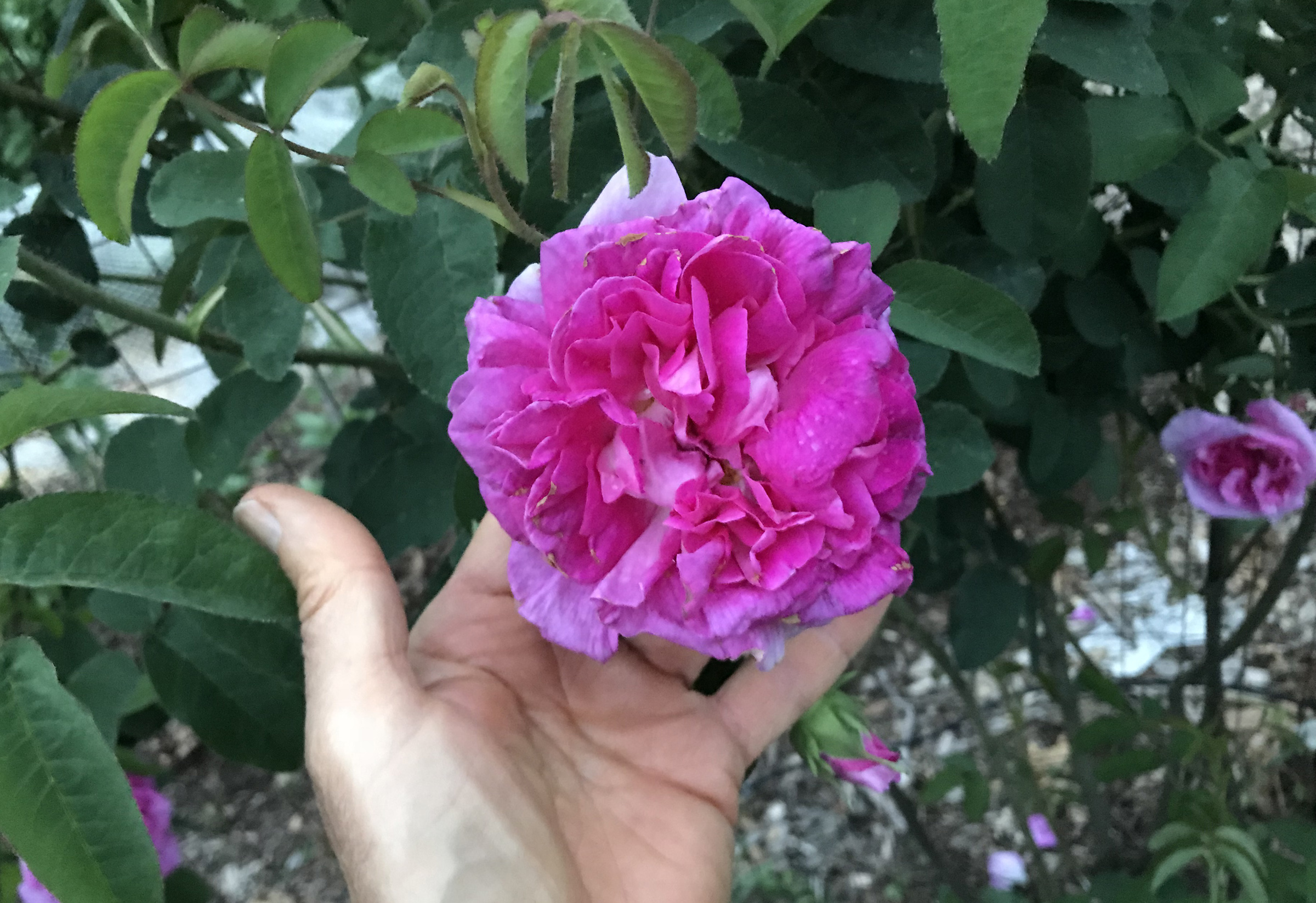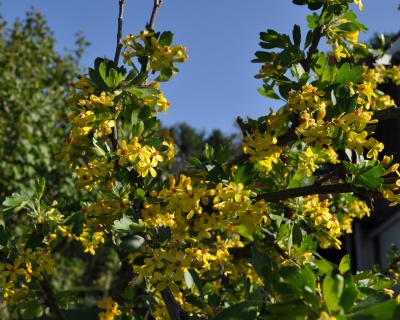MEADOW BEGINNINGS
Small Meadow Prep
Despite the low maintenance a mature meadow requires, thorough preparation and planning is needed to establish one. Don’t let “meadow in a can” (a container of meadow plant seeds) or some other promise of an instant meadow fool you into believing that just sprinkling seeds or rolling out a seeded, biodegradable carpet on top the ground will result in a carefree riot of season-long color.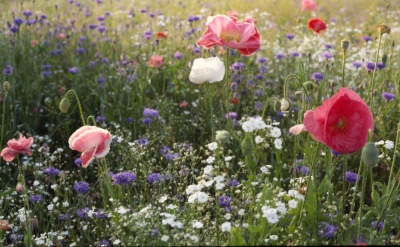
Thorough preparation is needed because meadow plants are not set out in neat rows easily weeded by hand or by hoe. Neat rows, after all, would ruin the random charm of a meadow. The goal, therefore, is to create conditions as weed-free as possible before setting out plants or sowing seeds.
The first consideration Read more

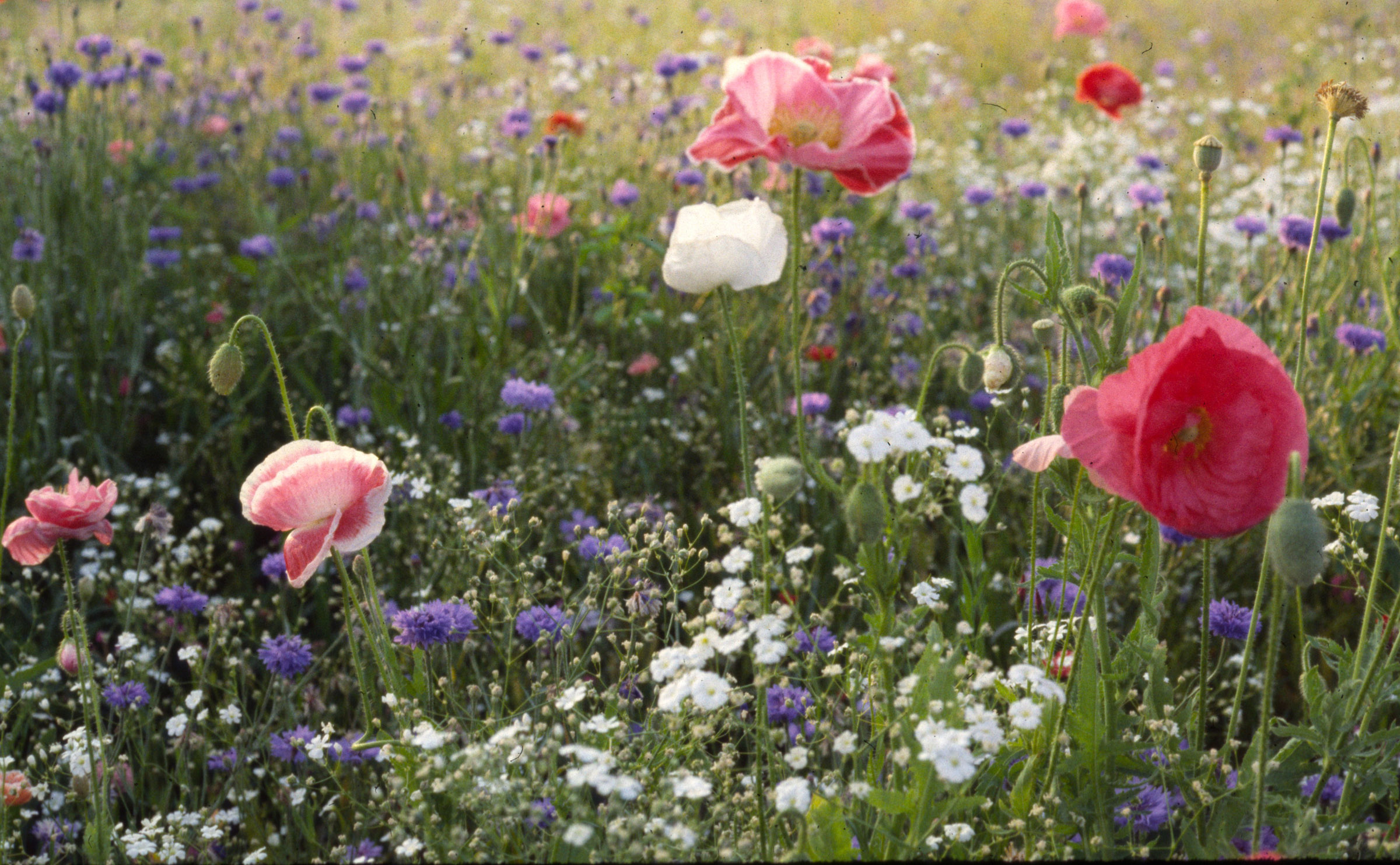
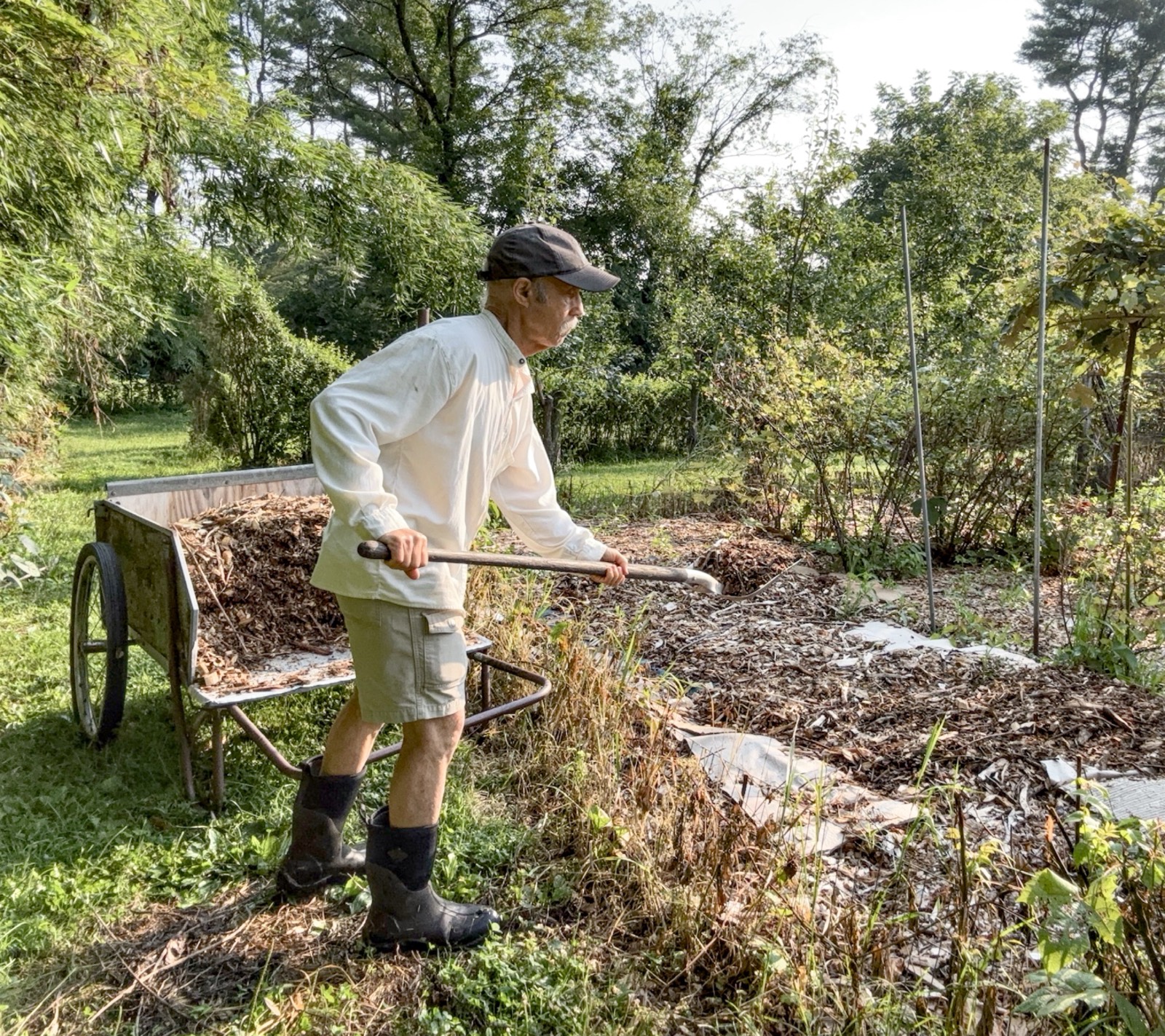
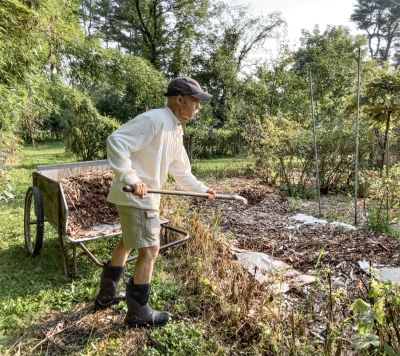 So I’ve resorted, hopefully just for this year, to laying down corrugated cardboard topped with arborist wood chips, a technique beloved to permaculturalists and historically loathed by me.
So I’ve resorted, hopefully just for this year, to laying down corrugated cardboard topped with arborist wood chips, a technique beloved to permaculturalists and historically loathed by me. 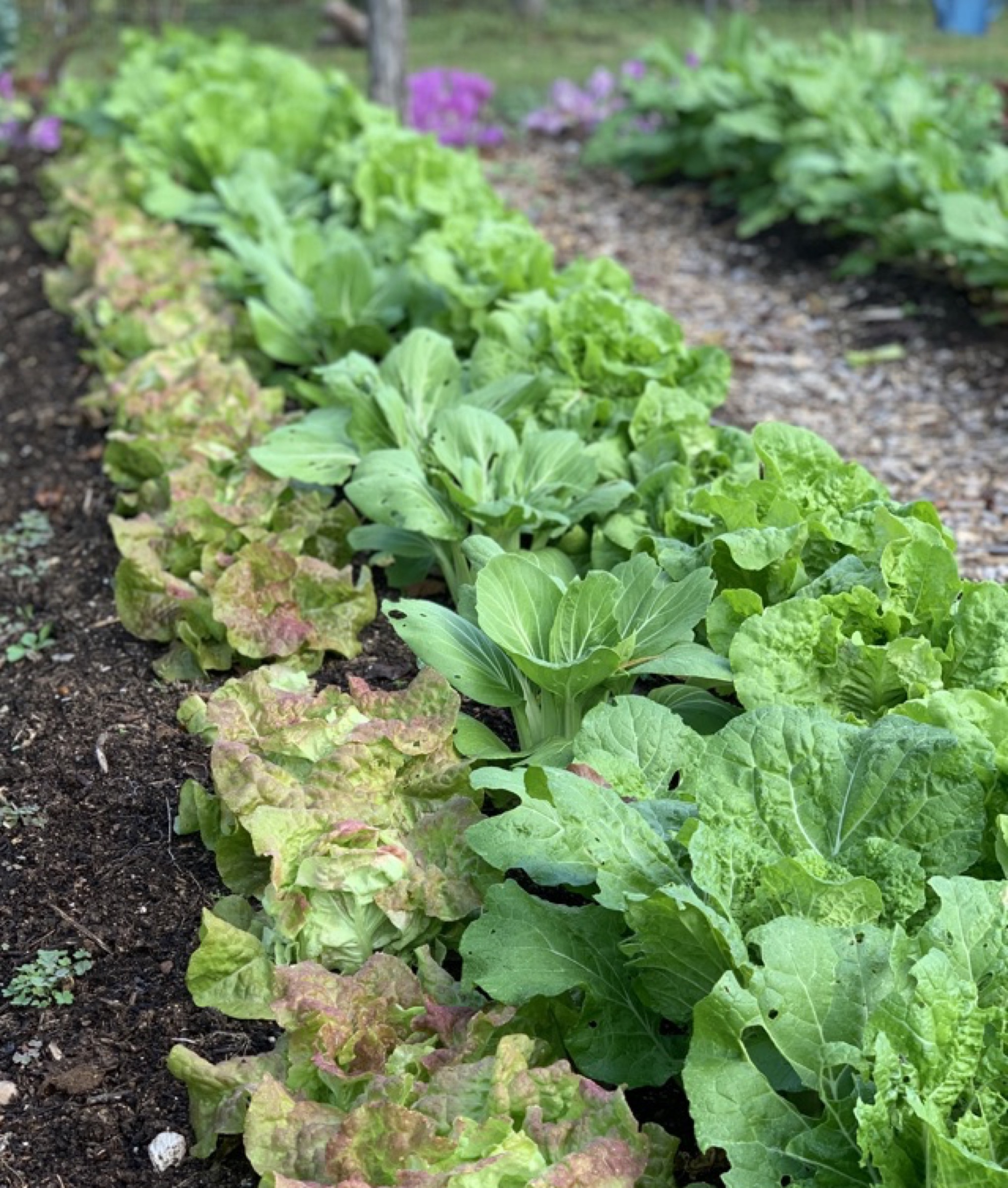
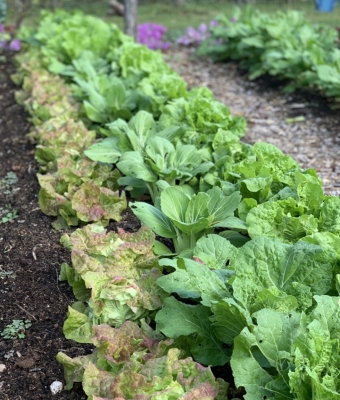
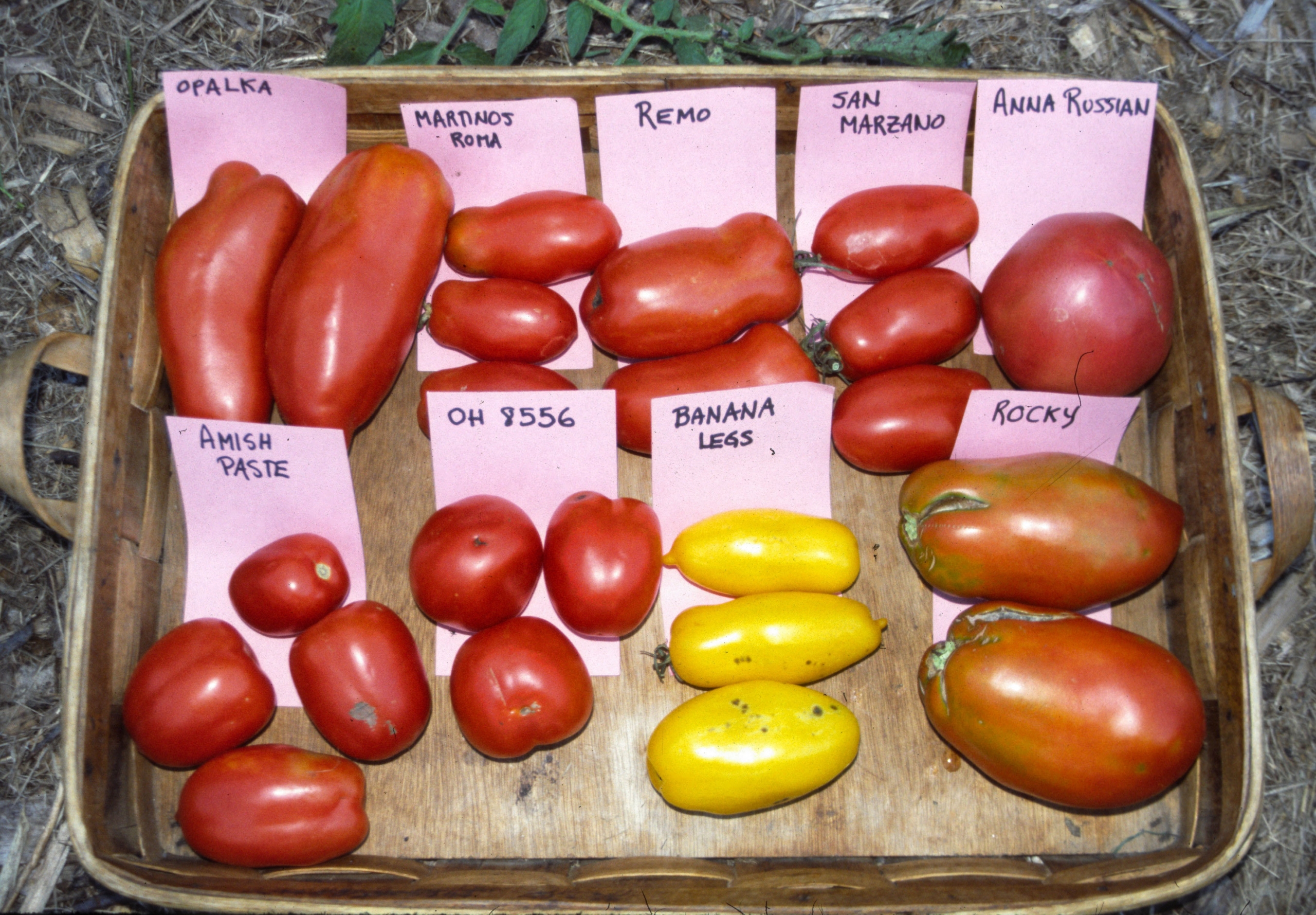
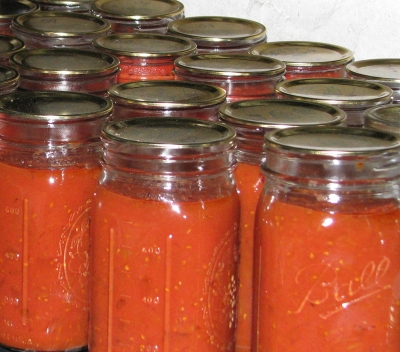 A couple of summers ago, I sorted through some of the paste tomato varieties available, planting, growing, and evaluating flavors of the reputed best. These were varieties highly touted by seed purveyors, some gardeners, and on the web.
A couple of summers ago, I sorted through some of the paste tomato varieties available, planting, growing, and evaluating flavors of the reputed best. These were varieties highly touted by seed purveyors, some gardeners, and on the web.
 Its flowering wands rise three or four feet high, each closely studded along its top portion with tubular, lipped blossoms that are lavender pink with darker speckles.
Its flowering wands rise three or four feet high, each closely studded along its top portion with tubular, lipped blossoms that are lavender pink with darker speckles. 